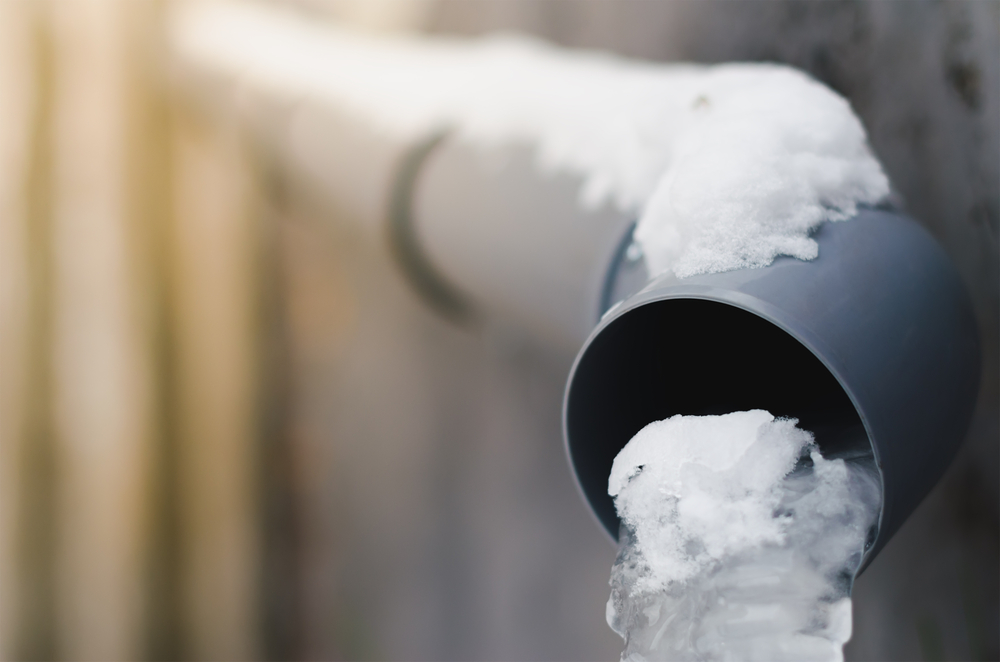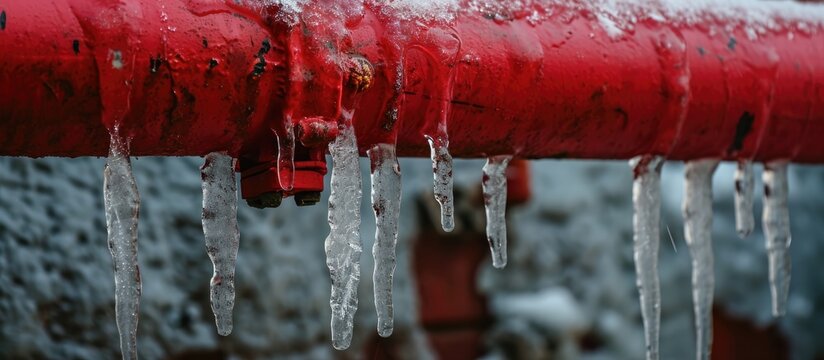Essential Tips to Avoid Frozen Pipes in Cold Weather: Expert Insights
Essential Tips to Avoid Frozen Pipes in Cold Weather: Expert Insights
Blog Article
Were you in search of information and facts involving How to Prevent Your Pipes From Freezing?

Cold weather can damage your pipes, especially by freezing pipes. Below's exactly how to prevent it from occurring and what to do if it does.
Introduction
As temperatures decrease, the danger of frozen pipes rises, possibly resulting in pricey repair services and water damages. Comprehending exactly how to stop frozen pipes is crucial for home owners in cool climates.
Avoidance Tips
Protecting susceptible pipelines
Wrap pipes in insulation sleeves or use warm tape to safeguard them from freezing temperature levels. Focus on pipelines in unheated or outside areas of the home.
Heating methods
Maintain indoor areas properly warmed, especially areas with plumbing. Open up cabinet doors to permit warm air to flow around pipelines under sinks.
Just how to recognize frozen pipes
Search for reduced water circulation from taps, uncommon odors or noises from pipelines, and visible frost on exposed pipes.
Long-Term Solutions
Architectural adjustments
Take into consideration rerouting pipes far from outside wall surfaces or unheated locations. Include added insulation to attic rooms, basements, and crawl spaces.
Updating insulation
Purchase high-quality insulation for pipes, attics, and wall surfaces. Proper insulation aids preserve consistent temperature levels and reduces the threat of icy pipes.
Protecting Outside Plumbing
Garden tubes and exterior faucets
Separate and drain yard hose pipes before winter season. Mount frost-proof spigots or cover exterior faucets with protected caps.
Recognizing Icy Pipelines
What causes pipelines to ice up?
Pipes ice up when revealed to temperature levels below 32 ° F (0 ° C) for expanded periods. As water inside the pipes freezes, it increases, putting pressure on the pipe wall surfaces and potentially triggering them to break.
Dangers and problems
Frozen pipelines can cause water system interruptions, residential or commercial property damages, and costly repair services. Ruptured pipes can flooding homes and trigger extensive architectural damage.
Indicators of Frozen Water Lines
Determining icy pipes early can avoid them from breaking.
What to Do If Your Pipes Freeze
Immediate activities to take
If you think icy pipes, maintain taps available to alleviate stress as the ice thaws. Use a hairdryer or towels taken in warm water to thaw pipelines gradually.
Verdict
Avoiding icy pipelines needs aggressive steps and fast feedbacks. By understanding the causes, indications, and preventive measures, house owners can shield their pipes during cold weather.
5 Ways to Prevent Frozen Pipes
Drain Outdoor Faucets and Disconnect Hoses
First, close the shut-off valve that controls the flow of water in the pipe to your outdoor faucet. Then, head outside to disconnect and drain your hose and open the outdoor faucet to allow the water to completely drain out of the line. Turn off the faucet when done. Finally, head back to the shut-off valve and drain the remaining water inside the pipe into a bucket or container. Additionally, if you have a home irrigation system, you should consider hiring an expert to clear the system of water each year.
Insulate Pipes
One of the best and most cost-effective methods for preventing frozen water pipes is to wrap your pipes with insulation. This is especially important for areas in your home that aren’t exposed to heat, such as an attic. We suggest using foam sleeves, which can typically be found at your local hardware store.
Keep Heat Running at 65
Your pipes are located inside your walls, and the temperature there is much colder than the rest of the house. To prevent your pipes from freezing, The Insurance Information Institute suggests that you keep your home heated to at least 65 degrees, even when traveling. You may want to invest in smart devices that can keep an eye on the temperature in your home while you’re away.
Leave Water Dripping
Moving water — even a small trickle — can prevent ice from forming inside your pipes. When freezing temps are imminent, start a drip of water from all faucets that serve exposed pipes. Leaving a few faucets running will also help relieve pressure inside the pipes and help prevent a rupture if the water inside freezes.
Open Cupboard Doors
Warm your kitchen and bathroom pipes by opening cupboards and vanities. You should also leave your interior doors ajar to help warm air circulate evenly throughout your home.

I was shown that editorial about How To Avoid Freezing Pipes from an associate on our other web blog. Don't hesitate to pause to promote this article if you liked it. I am grateful for your time. Revisit us soon.
Request An Appointment Report this page